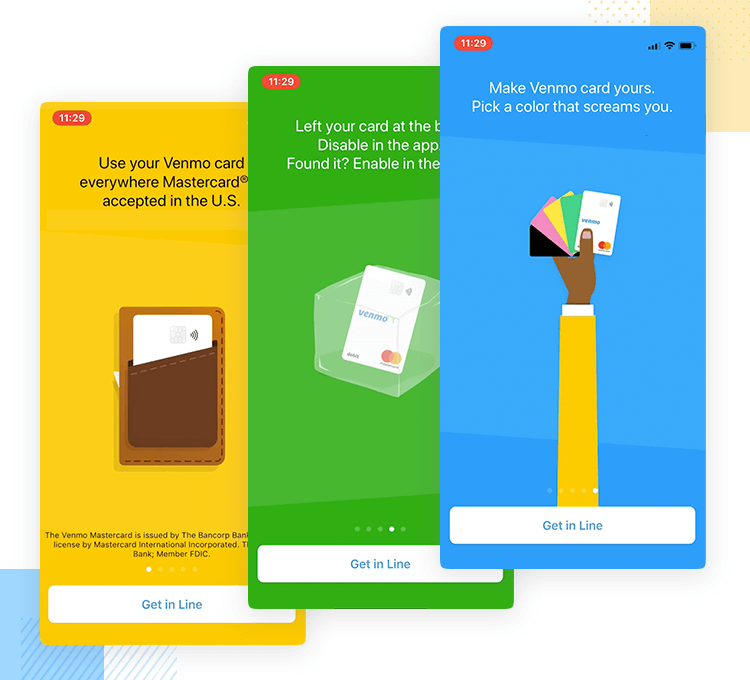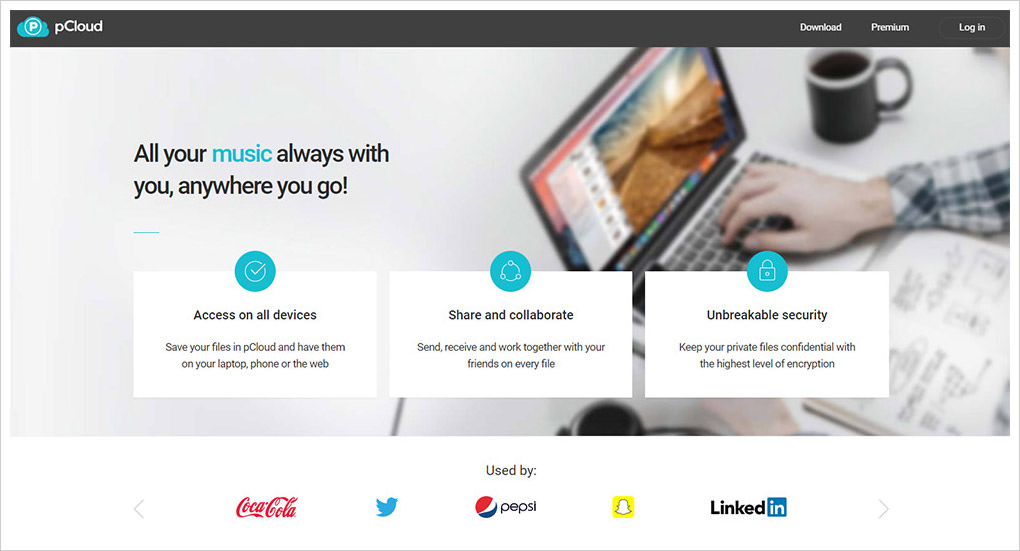
You need to make sure that your app is responsive to different screen sizes and orientations. Responsive apps automatically adapt their UI to the available screen sizes. When the user changes the orientation of their device, they re-layout and adjust the user interface (UI). This creates an app that works across all devices. Read on to learn more.
Mobile web app
Mobile web app responsiveness plays an important role in web development. The majority of users expect a webpage to load in less then two seconds. When web pages take too long to load, consumers get frustrated. Lightweight web applications can improve load times by incorporating code minification, using CDNs, and incorporating only the information needed by the consumer. A mobile app design should include only necessary information and the "Don’t Repeat yourself" principle.
Not only are they responsive, but mobile web applications also have a reduced time to market because they don’t need approval from Apple Store or Google Play. The app is redesigned to adapt to different devices, making it more shareable and socially-savvy. Moreover, responsive web apps help a website rank high in search results, and allow customers to discover products and services through shared links. It's a win-win situation for every business.

Progressive web app
Progressive web application (PWA), a hybrid version of responsive website, delivers app-like functionality. It doesn't need to be downloaded or installed. It is extremely reliable, requires less memory space, is usually faster than a standard responsive website, and it is often more reliable. It can be downloaded directly from the Internet and functions just like any website. PWAs can be equipped with hardware sensors that enhance the user experience. Both types of apps offer equally compelling benefits.
A progressive web app looks and feels just like a native mobile app. It should use an application shell model, and it should require very few page refreshes. Users should also find it easy to use offline, so they can access it from anywhere. Progressive web apps are also available for download on the home screen of a user's phone. They are always up-to-date with new content. They can have the same features that a native mobile application.
An adaptive web app
Mobile-friendly websites are moving to adaptive web apps. These types of apps can automatically adapt to any screen size that is being used. Unlike traditional apps, they are not available in app stores. This is a significant benefit as it allows websites to be accessible on any device, no matter the resolution. Despite their limitations these apps can be a cost-saving tool that can improve the user experience and reduce site costs.
A web application must be adaptable to the specific device it is being used on. It is impossible to create the same website for all devices. It's better to create a strategy that adapts to the screen resolutions of different devices. This is the progressive enhancement technique. This strategy allows you to create a website that works well in modern browsers by starting with the oldest browsers.

Native mobile app
Native apps are software programs that run "live" on mobile devices. A responsive design, on the other hand, is designed to fit all screen sizes. This means that the design can be modified to fit any device screen size. It may also convert button-based menus into drop-down menus. Responsive apps may need manual updates, but others will be automatically updated.
Native apps cost more money and time than responsive websites. Native apps perform better and are therefore more efficient. However, not all businesses need to develop a native app. This is why many businesses have a mobile-optimized site. A responsive website platform can offer similar functionality and be equally useful for all businesses. Native apps can be a great way of creating brand awareness. Responsive apps offer many benefits.
FAQ
Which website builder should I use?
You can start small and build a solid web presence. If you have the time and resources to build a full-blown site, then do so. You might start with a simple blog if you don’t have the time or resources. As you develop your website design skills, you can always add additional features.
You should first set up your primary domain before you begin building your first website. This will give you something to point to when you publish content.
How Do I Choose A Domain Name?
It is important to pick a quality domain name. If your domain name is not great, people won't be able to find you easily when they search the internet for your product.
Domain names should be short, easy to remember, relevant to your brand, and unique. It is ideal to have something that people can type into their browser.
These are some suggestions for choosing a domain.
* Use keywords related to your niche.
* Do not use (-), hyphens in your numbers and symbols.
* Don't use.net or.org domains.
* Don't use words that have been used before.
* Avoid generic terms, such as "domain" or web site.
* Check it's always available.
What Should I Include in My Portfolio?
Your portfolio should consist of all these things:
-
Exemplaires of previous work
-
Link to your website (if possible).
-
You can also find links to your blog.
-
Links to social media pages.
-
Here are links to portfolios online of other designers.
-
Any awards you've received.
-
References.
-
You can also send us samples of your work.
-
Links showing how you communicate with clients.
-
These are links that show you're open to learning new technologies.
-
Here are some links to show you are flexible.
-
These links show your personality.
-
Videos showing your skills.
Can I create my own website with HTML & CSS?
Yes! You should be able to create a website if you have been following the instructions.
Now that you are familiar with how to create a website's structure, you will also need to be familiar with HTML and CSS programming.
HTML stands for HyperText Markup Language. It is similar to writing a recipe. You would list ingredients, directions, etc. HTML is a way to tell a computer which parts are bold, underlined, italicized or linked to other parts of the document. It's the language for documents.
CSS stands for Cascading Style sheets. Think of it like a style sheet for recipes. Instead of listing all ingredients and instructions, you simply write down the basic rules for things such as font sizes, colors or spacing.
HTML tells your browser how to create a web page. CSS tells you how.
Don't worry if you don't know the meaning of either one of these terms. Follow these tutorials, and you'll soon have beautiful websites.
Statistics
- It's estimated that chatbots could reduce this by 30%. Gone are the days when chatbots were mere gimmicks – now, they're becoming ever more essential to customer-facing services. (websitebuilderexpert.com)
- In fact, according to Color Matters, a signature color can boost brand recognition by 80%. There's a lot of psychology behind people's perception of color, so it's important to understand how it's used with your industry. (websitebuilderexpert.com)
- When choosing your website color scheme, a general rule is to limit yourself to three shades: one primary color (60% of the mix), one secondary color (30%), and one accent color (10%). (wix.com)
- Did you know videos can boost organic search traffic to your website by 157%? (wix.com)
- The average website user will read about 20% of the text on any given page, so it's crucial to entice them with an appropriate vibe. (websitebuilderexpert.com)
External Links
How To
What is website hosting?
Website hosting refers to where people go when they visit a website. There are two types:
-
Shared hosting is the cheapest. Your website files reside on a server owned by someone else. When customers visit your site, their requests travel over the Internet to that server. The request is sent to the server's owner who then passes it on to you.
-
Dedicated hosting - This is the most expensive option. Your website resides entirely on one server. You and your traffic are protected by the fact that no other websites share server space.
Shared hosting is preferred by most businesses because it's cheaper than dedicated hosting. When you use shared hosting, the company that hosts the server gives you the resources to run your site.
Both options have their pros and cons. Here are the main differences between them:
The pros of shared hosting:
-
Lower Cost
-
Simple to Setup
-
Frequent updates
-
It is possible to find it on many web hosting companies
You can get shared hosting for as low as $10 per monthly. Remember that shared hosting usually comes with bandwidth. Bandwidth is the data transfer speed that you have over the Internet. You may have to pay extra for large amounts of data, even if your blog only contains photos.
You'll soon realize why your old host cost so much once you get started. Most shared hosts provide very limited customer support. While they may occasionally assist you in setting up your site and other tasks, after that you are all on your own.
It is important to find a provider that provides 24-hour support. They will attend to any issues you have while you sleep.
Dedicated Hosting Cons:
-
More Expensive
-
Fewer Common
-
You will need to have special skills
With dedicated hosting, you get everything you need to run your website. You won't have worry about whether your website is using enough bandwidth, or whether it has enough RAM (random-access memory).
This means that you'll spend a bit more upfront. Once you get started with your online business, you will find that you don't require much technical support. You will become an expert in managing your servers.
Which Is Better for My Business?
The answer will depend on the type and purpose of your website. Shared hosting is best for those who only need to sell products. It's easy to set up and maintain. It's easy to set up and maintain, as you share a server with other sites. You will likely be updated frequently.
If you want to create a community around a brand, dedicated hosting may be the best choice. You can put your efforts into building your brand, and not worry about how to handle your traffic.
If you're looking for a web host that offers both options, we recommend Bluehost.com. They offer unlimited monthly data transfers, 24/7 support, free domain name registration, and a 30-day money-back guarantee.